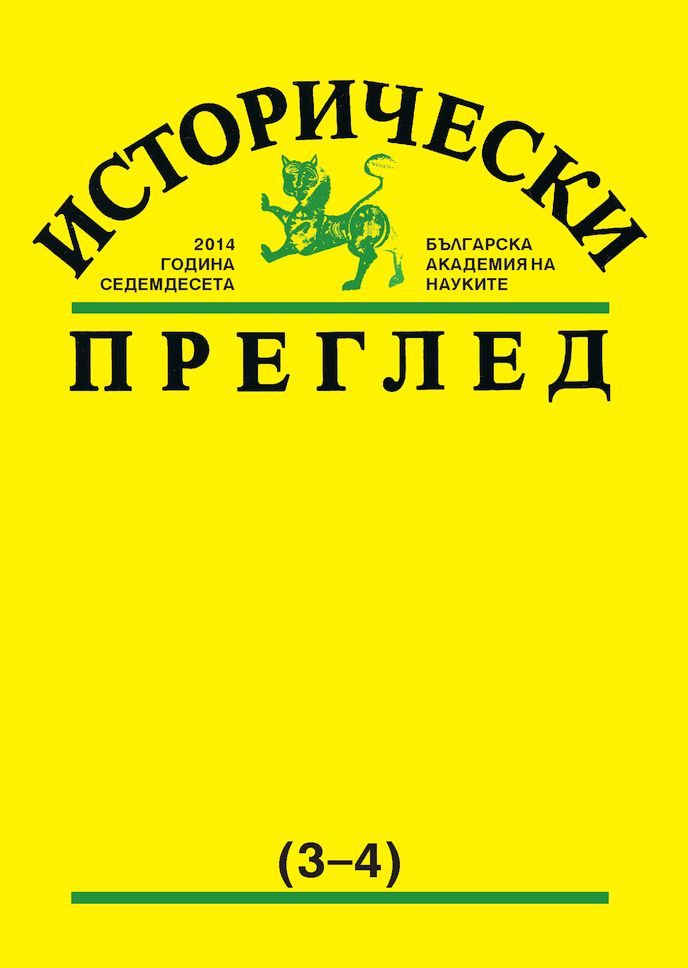Преброяване, труд и общество: руската емиграция в България през 20-те години на ХХ в. Ч. І-II
Census, Labor and Society: The Russian Emigration to Bulgaria in the 1920s. Part I–II
Author(s): Penka PeykovskaSubject(s): Cultural history, Economic history, Social history, Gender history, Interwar Period (1920 - 1939), Migration Studies
Published by: Институт за исторически изследвания - Българска академия на науките
Keywords: Russian Emigration; Bulgaria; employment; social structure; statistics;
Summary/Abstract: The subject of present study is the socio-economic outlook of the Russian emigration to Bulgaria as revealed by the 1920 and 1926 Bulgarian population censuses. The quantitative analysis of these census data gives the opportunity to examine in details Russian emigration’s labor activity, social structure and participation of its labor resources in various sectors, sub-sectors, professional groups and individual crafts of post-war Bulgarian economy and especially to delineate Russian women’s place in Bulgaria labor market, their social role. In the first part of the study investigated the literacy level, economic activity coefficient and sex structure of Russian immigrants’ economic activity, and in the second one – its social structure based on status in employment and occupational distribution within the social groups. Russian immigrants’ (sub)sectoral employment was predetermined by the (sub)sectoral development of the Bulgarian economy in whose structure dominated agriculture, and in industry – light industry (food and textile ones). Despite these realities about half of the Russian immigrants worked in industry, which was due to the post-war boom in some of its branches. In the initial period of their coming to Bulgaria the next in line sector, where they found jobs, was agriculture, but in 1926 we see them in public service- and liberal professions. As it concerns the social structure of the Russian diaspora in Bulgaria within it prevailed the workers – about 70% that was in contrast to the Bulgarian society, where its share was not large (but growing); the proportion of Russian workers in the entire working class in Bulgaria was small (0,6%). Russian workers were most numerous in agriculture and coal mines, but their share was most essential in the construction of roads, bridges and railways, maritime transport, metal mines, salt works, production of vegetable oils, livestock trade. Employees among Russians were around 15% (1926); their relative share within all employees in Bulgaria was much larger – they constituted more than 2% of them. Their biggest share was in the professional groups of dentists and dental technicians (17%), engineers (14%), doctors (12%), musical artists (10%). Independent, self-employees were few in Bulgarian society, among Russians even less – with a downward trend; remarkably, the latter were more in the variation of Russian women than within the one of Russian men. In distinction from the typical for Bulgaria female employment in agriculture, thanks to their high literacy and education, the Russian immigrant women found job performance mainly in public service- and liberal professions, and by mid-1920s they had already entered industrial production.
Journal: Исторически преглед
- Issue Year: 2014
- Issue No: 3-4
- Page Range: 119-144
- Page Count: 26
- Language: Bulgarian
- Content File-PDF

